Hi! For this week’s upcycling endeavor, the project took a bit of a curveball, but it resulted in an important lesson that I will take with me in my future upcycling journey and as a future educator.
I thought it would be worthwhile to transform some colourful clothes I had lying around into more muted pieces I would likely choose to wear more often. I will admit, I am not a very colourful person when it comes to clothing and like to express my style in other ways; so when I found two boxes of clothing dye in my crafts bucket, while I was looking for a other upcycling material, I knew this would be the perfect occasion to do what I’ve been putting off since I purchased the dye.
These are the garments I chose to dye, including the pants I made from my first free inquiry project!
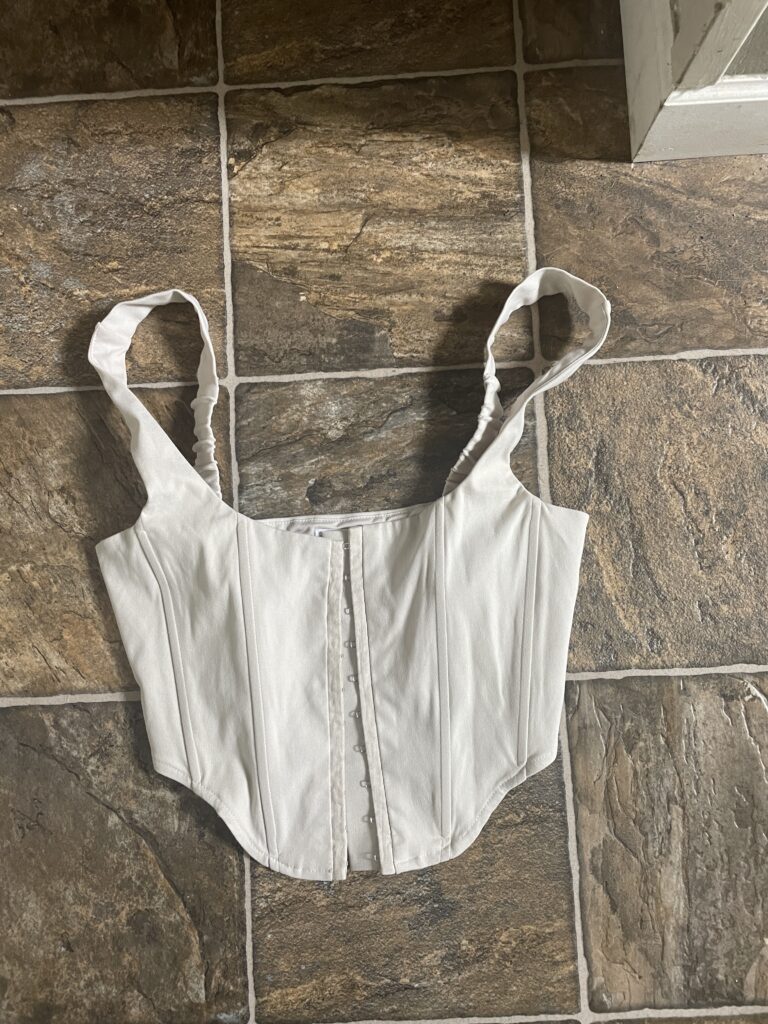
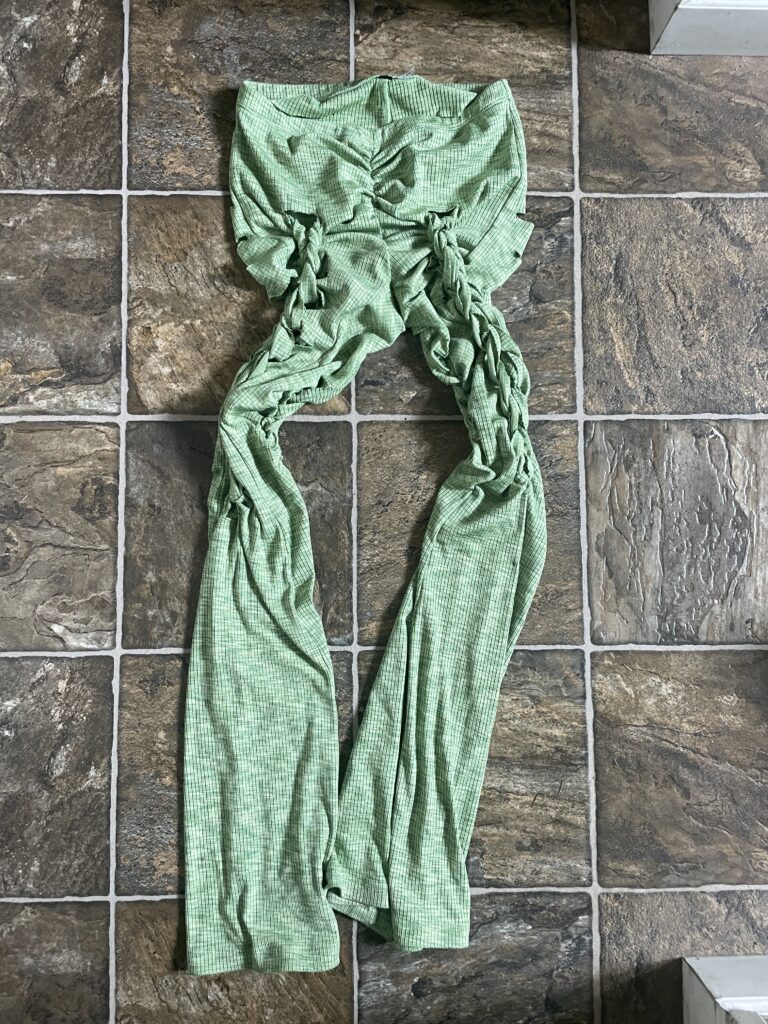
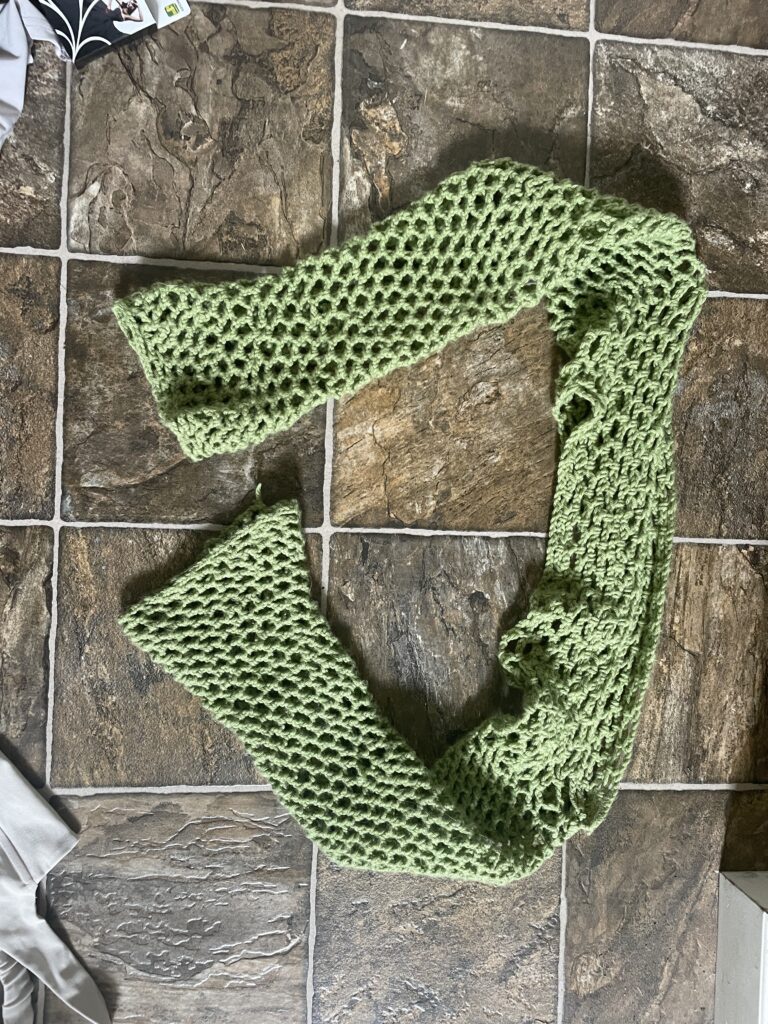
The materials included a pack of black clothing dye, a pair of scissors, very hot water and a plastic bin:
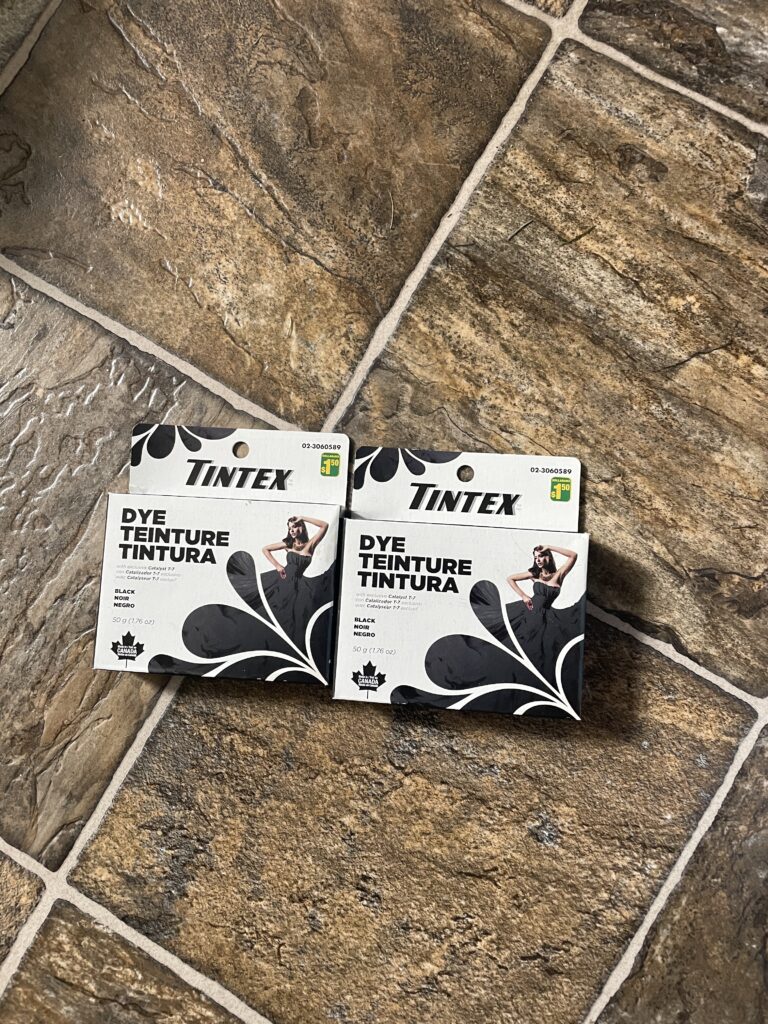
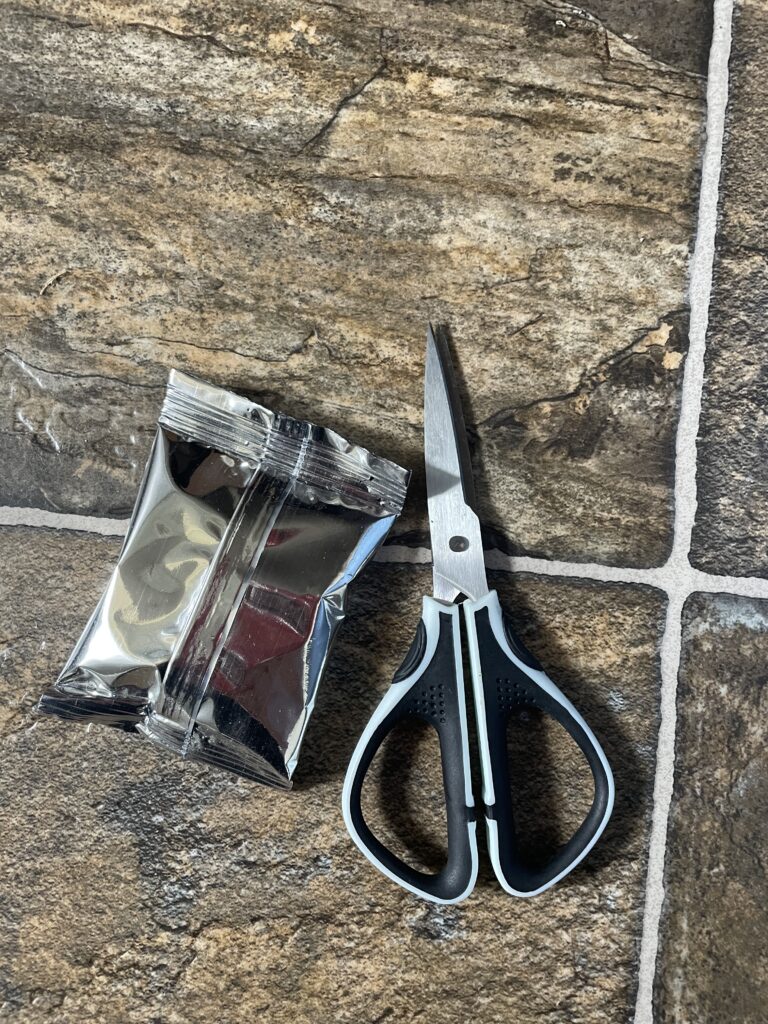
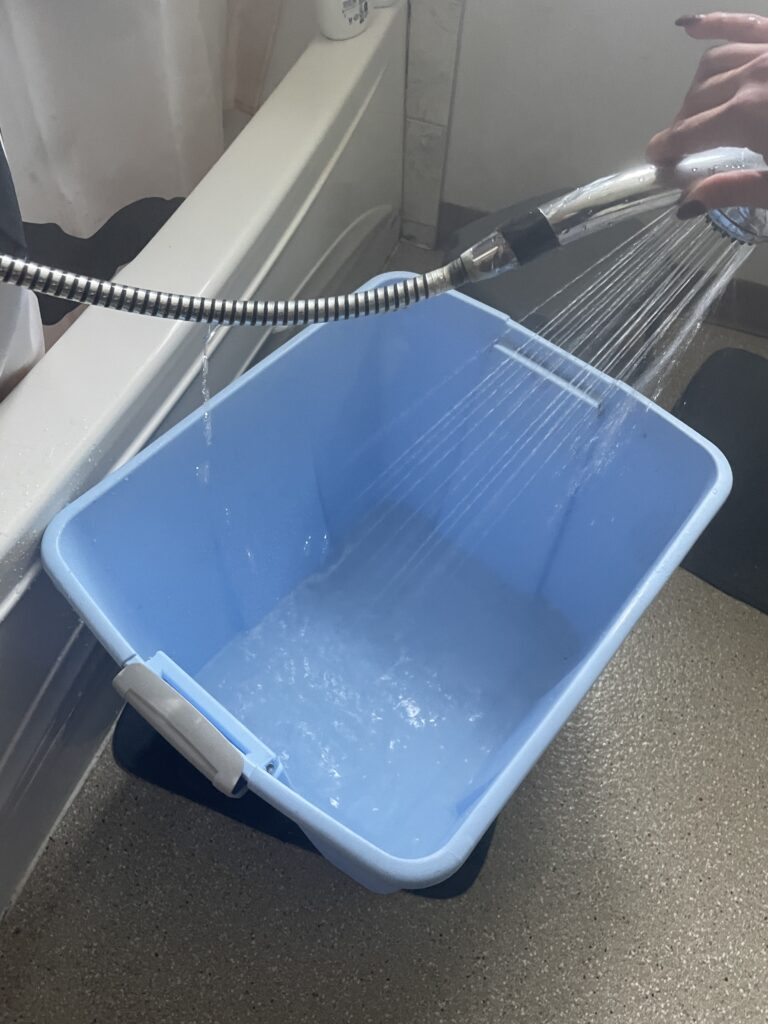
Then, I added the clothing to the bin with no dye yet, to ensure they were fully saturated with water before I added the dye. Once they were soaked, I added one packet of dye and used some metal tongs to agitate the clothing consistently:
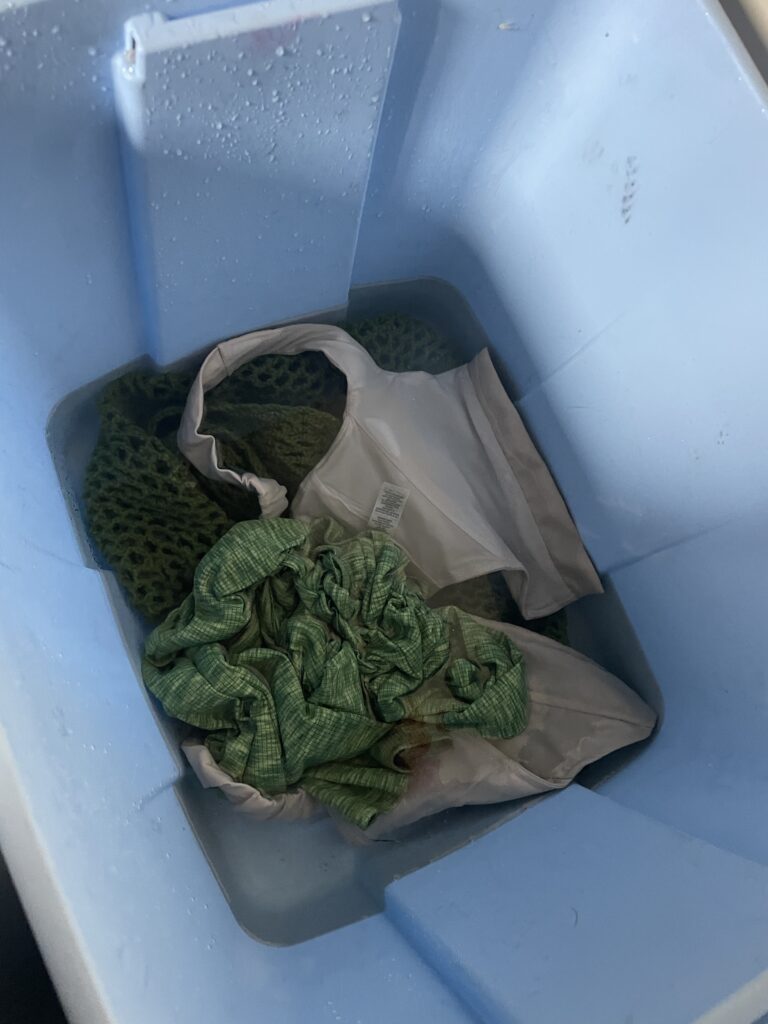
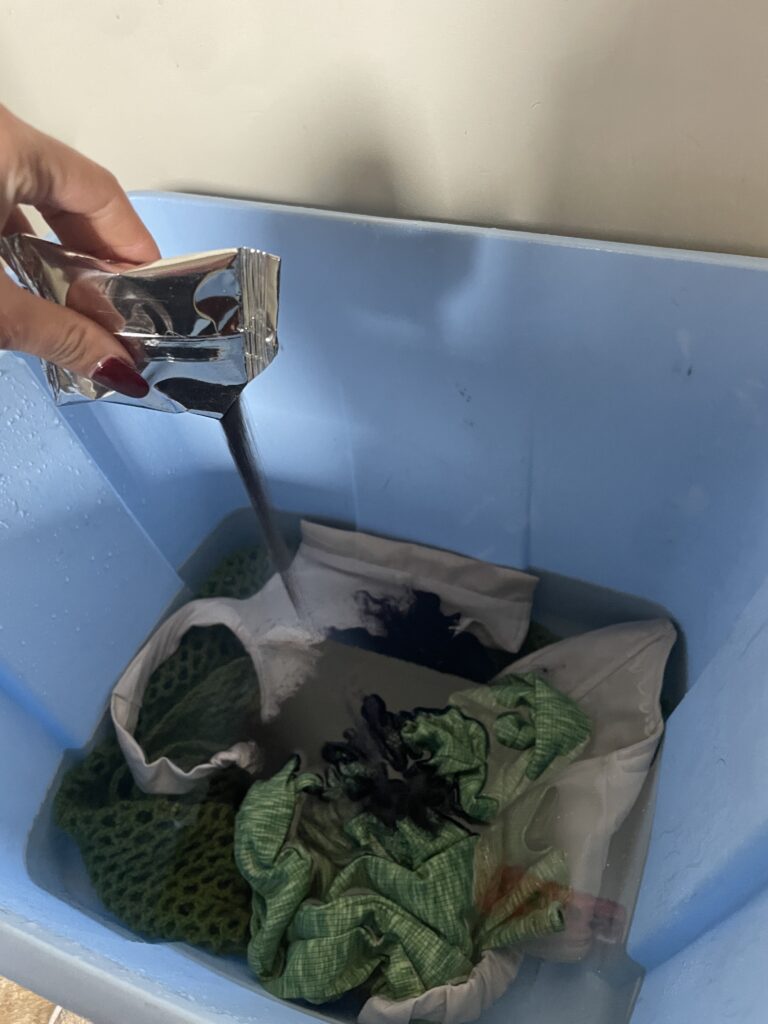
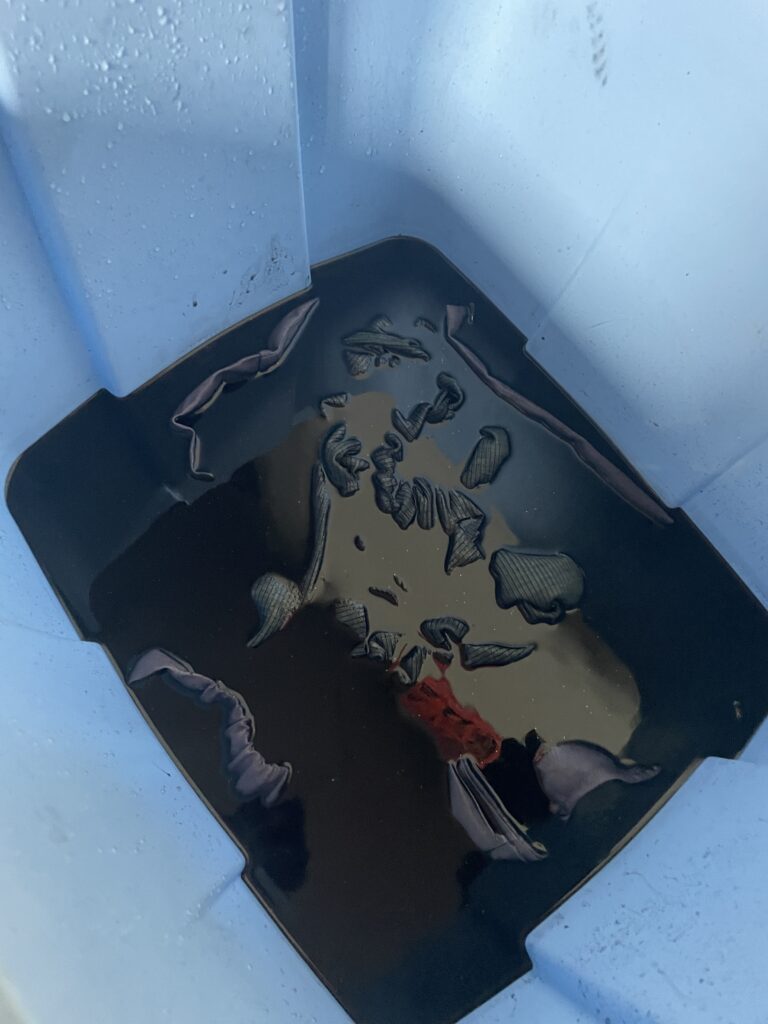
After the dye was added, I moved the bin outside to ensure that none of our house animals accidentally got dyed or consumed the dye. While the instructions stated that the dye should sit for at least 30 minutes, I left it outside overnight to ensure the dye had enough time to penetrate the clothing.
The next day, I was thinking about where to dispose of the dye water, when I realized that the dye may not be safe to put down the drain. I did some research on the brand and type of dye and concluded that the synthetic dye, the type of dye I had used, may be toxic, as it contains chemicals that can be harmful if ingested, inhaled, or if they come into contact with skin in large quantities. Afterwards, I became concerned with disposal, and continued to research how to dispose of used dye water. It was suggested to check the label for disposal instructions, which, disappointingly, it did not mention:
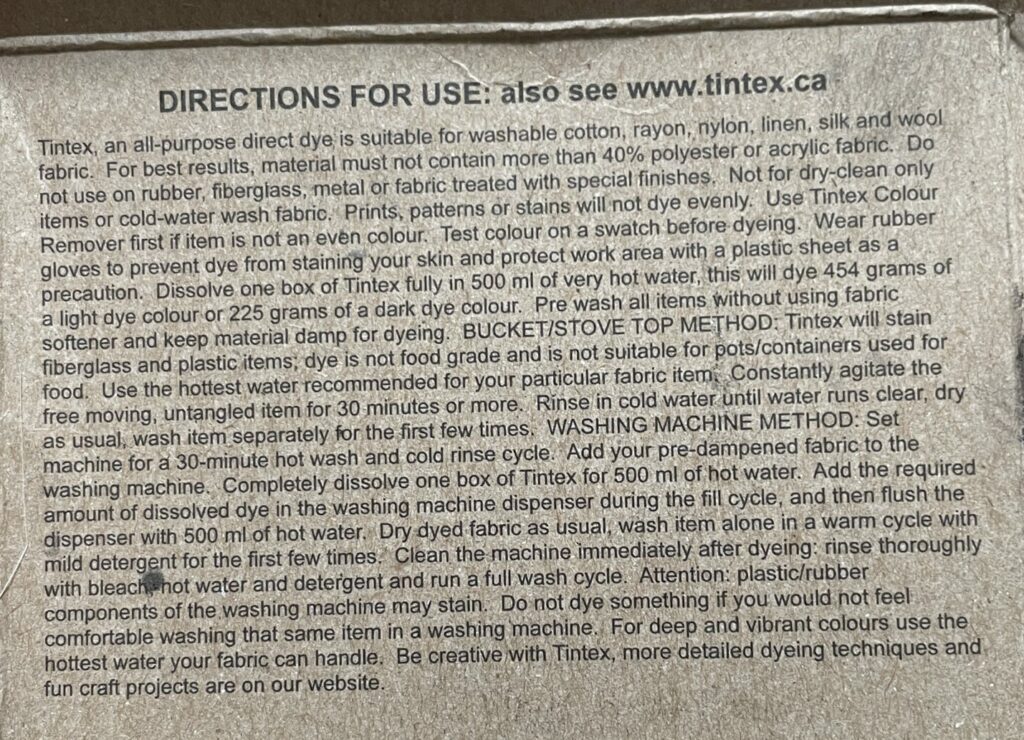
Nonetheless, some solutions that I researched included using baking soda to neutralize the dye as well as diluting it with water, and then using a plastic or glass container to dispose of the dye in the trash, depending on local waste disposal regulations in Victoria.
Upon researching the local guidelines, which recommended: 1) Identifying the type of dye (synthetic) 2) Avoid sink disposal, 3) Neutralize dye water, and 4) Disposing of the dye water with solid waste; I realized I there weren’t any other more ecologically friendly alternative solutions, so I went on with neutralizing and distilling the dye solution, opting to dispose of it in the trash using a plastic containers, instead of glass, so they wouldn’t break:
Overall, I am pretty disappointed in my lack of foresight about disposing of the potentially toxic dye, as well as the lack of disposal instructions or even a warning about how this dye may be harmful for people and the environment on the dye instructions and label.
Regardless, I did learn a new skill in how to dispose of potentially harmful or toxic substances in the safest manner possible, in regard to the environment, which is at least something I can learn from this project.
Moreover, unfortunately, after all this unexpected hassle regarding discarding the dye residue, only one of the three garments was successfully dyed 🙁
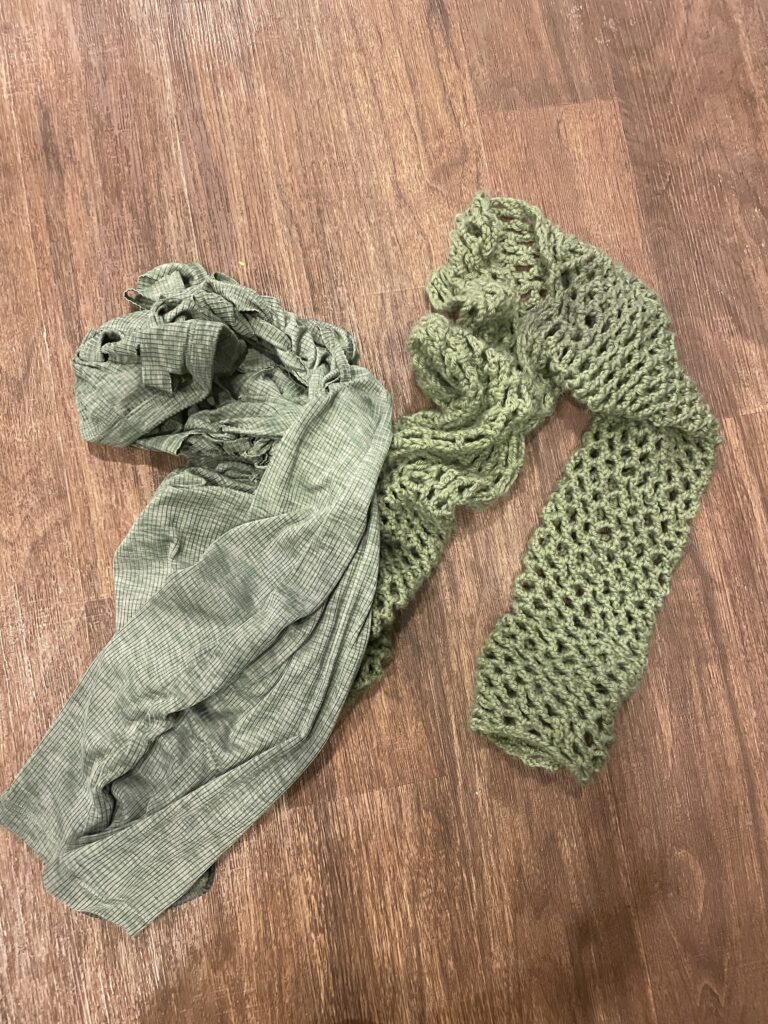
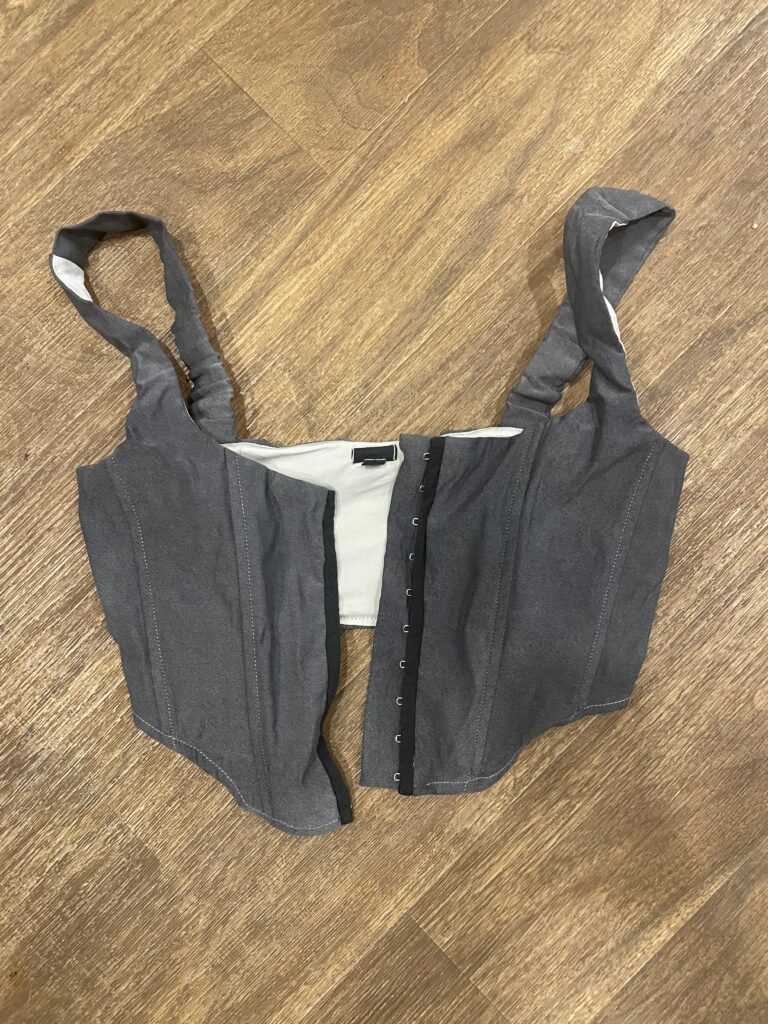
While I am satisfied with how the one article of clothing came out, I don’t believe it was nearly worth the time, resources, and waste materials that resulted in this project and its safe to say that I will be steering clear of any sort of dye or dyeing projects that do not involve fully 100% natural dye that can be safely discarded through the drain. Regardless, I have learned a few valuable lessons from this project that I will take with me and share with my future students as well.
